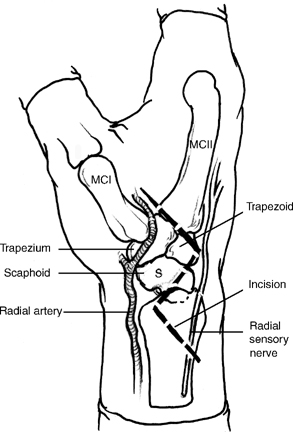48 Scaphotrapeziotrapezoid Joint Fusion Long-standing scaphotrapeziotrapezoid (STT) arthritis recalcitrant to nonoperative treatment
Indications
Technique

Stay updated, free articles. Join our Telegram channel

Full access? Get Clinical Tree








